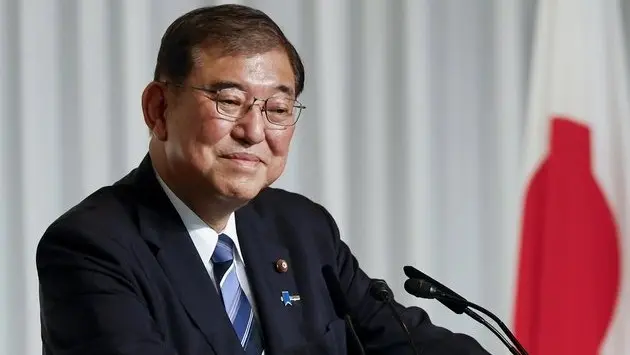
PM Shigeru Ishiba resigns, triggering Japan’s leadership race
Why Did Shigeru Ishiba Step Down?
In a surprising move, Japanese Prime Minister Shigeru Ishiba announced his resignation on September 7, 2025, ending a turbulent year in office. Ishiba had taken charge of the Liberal Democratic Party (LDP) just last year, but his leadership faced growing criticism after the party lost its majority in both houses of parliament. Two major election defeats and internal pressure from senior party members pushed him to step aside.
Ishiba’s decision came just before a scheduled vote that could have triggered an early leadership election—a vote many saw as a no-confidence motion. Rather than risk a split in the party, Ishiba chose to resign voluntarily. His departure has now opened the door for a new leader to take charge of the world’s fourth-largest economy.
How Japan Chooses Its Next Prime Minister
Japan’s political system doesn’t allow for direct public voting for the prime minister. Instead, the ruling party currently the LDP, must first choose a new party president. That person then needs to win support in parliament to officially become prime minister.
Here’s how the process works:
- Candidates must get support from at least 20 LDP lawmakers to enter the race.
- A vote is held among LDP lawmakers and party members.
- If no one wins a majority, a run-off vote is held between the top two candidates.
- The winner becomes party president and is nominated for prime minister.
However, since the LDP no longer holds a majority in either chamber, there’s a slim chance that an opposition leader could take the top job if they gather enough support.
Meet the Top Contenders for Prime Minister
With Ishiba out, several names are being discussed as possible successors. Let’s take a look at the leading candidates:
1. Sanae Takaichi
A veteran politician and former Internal Affairs Minister, Takaichi finished second to Ishiba in last year’s leadership race. She’s known for her conservative views, including support for revising Japan’s pacifist constitution. Takaichi opposes interest rate hikes and supports government spending to boost the economy. If elected, she would become Japan’s first female prime minister.
2. Shinjiro Koizumi
The Agriculture Minister and son of former PM Junichiro Koizumi, Shinjiro is seen as a fresh face who could appeal to younger voters. He has a reputation for being a reformer and previously served as Environment Minister, where he called for phasing out nuclear reactors. His economic views are less clear, but his popularity and youth make him a strong contender.
3. Takayuki Kobayashi
A former Economic Security Minister, Kobayashi is aligned with the party’s right wing. He’s expected to compete for conservative support and could be a rival to Takaichi in that space. His focus on national security and economic resilience may appeal to lawmakers concerned about Japan’s global position.
4. Yoshimasa Hayashi
Currently serving as Chief Cabinet Secretary, Hayashi is a seasoned politician with experience in defense, agriculture, and foreign affairs. He’s known as a consensus-builder and has strong international credentials, including education at Harvard and work experience in the U.S. His moderate stance and diplomatic skills could help unify the party.
5. Katsunobu Kato
The Finance Minister, Kato is also seen as a possible candidate. He’s known for his calm demeanor and experience in managing Japan’s budget and economic policies. While not as flashy as other contenders, his steady leadership could be attractive during uncertain times.
What This Means for Japan’s Future
The resignation of Shigeru Ishiba has created a moment of uncertainty but also opportunity. Japan is facing challenges like economic slowdown, aging population, and global trade tensions, especially with the U.S. over tariffs. The next leader will need to address these issues while restoring public trust in the government.
Markets are already reacting to the news, with analysts warning of short-term volatility. But the leadership race also brings hope for fresh ideas, new policies, and possibly a historic first female prime minister.
Whether the LDP regains control or an opposition leader rises to power, Japan’s political landscape is shifting. The coming weeks will be crucial in shaping the country’s direction for years to come.
Also read: India and Japan Join Hands to Build a New Tech Future – Away from China
Stay informed with the latest news and updates – only on Rapido Updates.